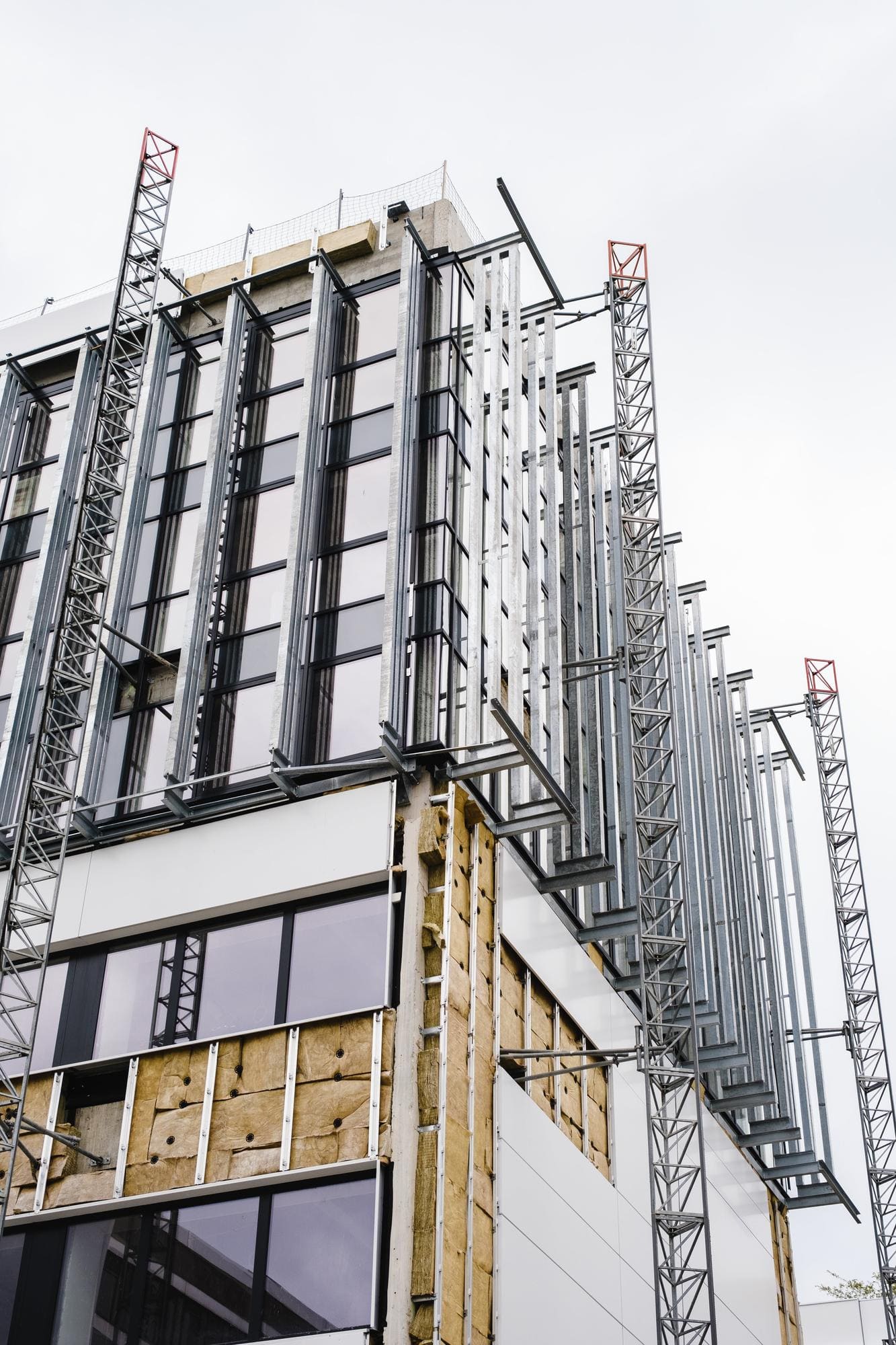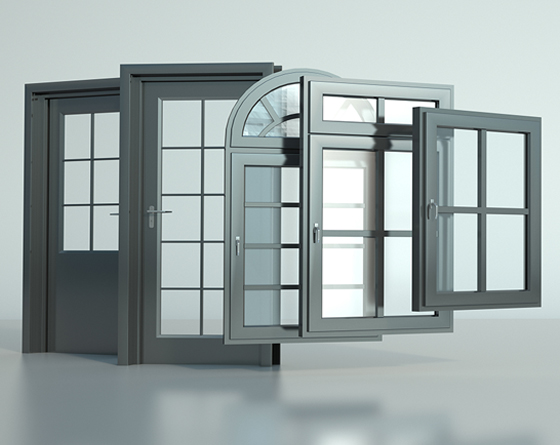Advantages of using wood products in construction:
Environmental friendliness: Wood is a natural and renewable resource.
Low thermal conductivity: Wooden walls retain heat in winter and coolness in summer.
Good sound insulation: Wood absorbs sounds, creating a comfortable acoustic environment.
Aesthetic appeal: The natural texture and color of wood create a cozy and warm atmosphere.
Ease of processing: Wood is easy to cut, plane, drill, and join.
Strength with low weight: This is especially true for glued laminated timber and frame structures.
Favorable indoor climate: Wood is capable of regulating air humidity within a room.
We conduct testing of wood products to assess their compliance with building codes and standards:
- Particleboards according to DSTU EN 312:2018
- Structural timber according to DSTU EN 338:2022, DSTU EN 14081-1:2019, DSTU prEN 386:2001, DSTU EN 408:2007
- Plywood according to DSTU ISO 1098:2006, DSTU EN 636:2022
- OSB boards according to DSTU EN 300:2008
- Wooden parts and products according to DSTU B V.2.6-149:2010
- Profiled wooden elements according to DSTU B V.2.6-150:2010
- Solid biofuels according to DSTU EN 15148:2012, DSTU EN 15103:2013, DSTU EN 14774-1:2013
- Charcoal and barbecue charcoal briquettes according to DSTU EN 1860-2:2015
Despite the emergence of new construction materials, wood remains an important and valuable resource in construction due to its unique properties and environmental benefits. Modern wood processing technologies improve its resistance to moisture, decay, and fire, expanding its application range.




